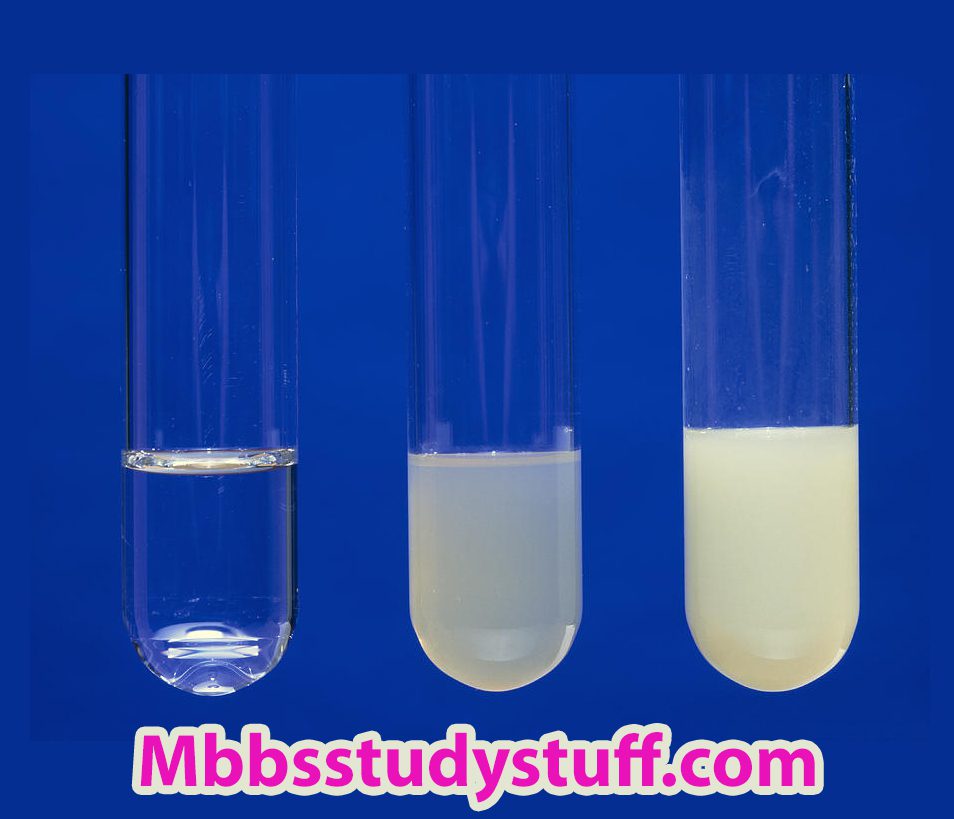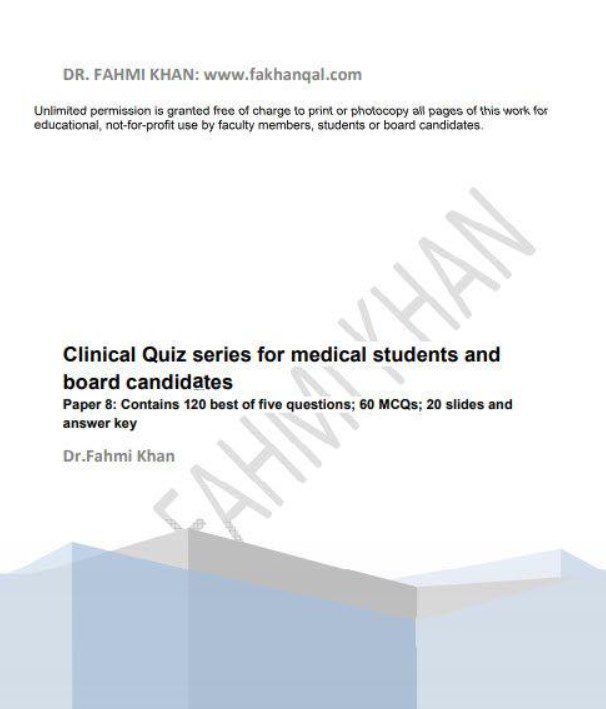Test for phosphate in milk:
Milk contain a high concentration of phosphates. Test for phosphate in milk is performed on the filtrate obtain from the milk. First, learn how to get filtrate from milk. To do this first take 20 ml of milk in a beaker and add 18 ml of 1% acetic acid in it. The precipitate is formed due to calcium acetate. Filter the solution to obtain precipitate and filtrate.
Now to detect phosphate in milk follow the below procedure.
Chemical required:
- Ammonium molybdate.
- Filtrate.
Procedure:
- Take 1 ml of filtrate in a test tube.
- Add 1 ml of ammonium molybdate reagent in it.
- Boil the test tube.
Observation:
The formation of yellow crystalline precipitate indicates the presence of inorganic phosphates.
Precautions:
Follow the below steps for proper result.
- Wash the apparatus before and after the experiment.
- Carefully handle all the chemicals in the lab.
- Murexide test for uric acid – Its principle, reagents and procedure
- Urease test for Urea – Its principle, reagents and procedure
- Indican test in urine – Its principle, reagents and procedure
- Foam test for bile salts and bile pigments
- Pauly’s test – Its principle, reagent and procedure
- Gmelin’s test for bile pigments – Its principle, reagent and procedure
- Test for organic sulphates in urine – Its principle and procedure








Leave a Reply